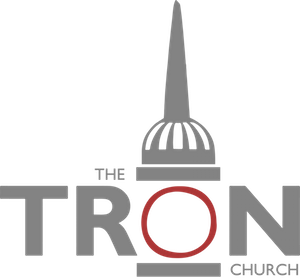"You shall make the court of the tabernacle. On the south side the court shall have hangings of fine twined linen a hundred cubits long for one side. Its twenty pillars and their twenty bases shall be of bronze, but the hooks of the pillars and their fillets shall be of silver. And likewise for its length on the north side there shall be hangings a hundred cubits long, its pillars twenty and their bases twenty, of bronze, but the hooks of the pillars and their fillets shall be of silver. And for the breadth of the court on the west side there shall be hangings for fifty cubits, with ten pillars and ten bases. The breadth of the court on the front to the east shall be fifty cubits. The hangings for the one side of the gate shall be fifteen cubits, with their three pillars and three bases. On the other side the hangings shall be fifteen cubits, with their three pillars and three bases. For the gate of the court there shall be a screen twenty cubits long, of blue and purple and scarlet yarns and fine twined linen, embroidered with needlework. It shall have four pillars and with them four bases. All the pillars around the court shall be filleted with silver. Their hooks shall be of silver, and their bases of bronze. The length of the court shall be a hundred cubits, the breadth fifty, and the height five cubits, with hangings of fine twined linen and bases of bronze. All the utensils of the tabernacle for every use, and all its pegs and all the pegs of the court, shall be of bronze. "You shall command the people of Israel that they bring to you pure beaten olive oil for the light, that a lamp may regularly be set up to burn. In the tent of meeting, outside the veil that is before the testimony, Aaron and his sons shall tend it from evening to morning before the LORD. It shall be a statute forever to be observed throughout their generations by the people of Israel.
Exodus 27:9-21
The court of the Tabernacle, which comprehensively enclosed the brazen altar, the laver (30:18ff), and the holy place with its furniture, was in length 150 ft and in breadth 75. On the east side was the gate of the court which, with curtains of 15 cubits hanging on either side, was 20 cubits or 30 ft wide. The hangings of the court were of fine twined linen (9), but those for the gate included the blue, purple and scarlet which, as we have already seen (see Note on 26:1-14) symbolise Christ's deity, royalty and humanity. The presence of these colours at the gate is a symbolic reminder that the only way in to the Father's presence is through the Son.
The last two verses of the chapter (20, 21) serve as a fitting transition from the description of the furniture of the Tabernacle to the garments and duties of the priesthood. Oil, in Scripture, symbolises the Spirit, and without His presence and power the whole elaborate ritual of the Tabernacle and its sacrificial system and priesthood would be empty, barren and meaningless. This is just as true in the New Testament anti-type - where the Holy Spirit is not, all worship is vain, and fellowship with God merely a doctrine to be believed instead of an experience that empowers and transforms life. The associated idea of light in these verses reminds us both that Christ is the light of the world (through the power of the Holy Spirit by Whom He offered Himself without spot to God) and that when our spiritual experience is touched and directed by the Holy Spirit we too shall shine, as lights in the world. Apart from this all profession of faith is vain.
